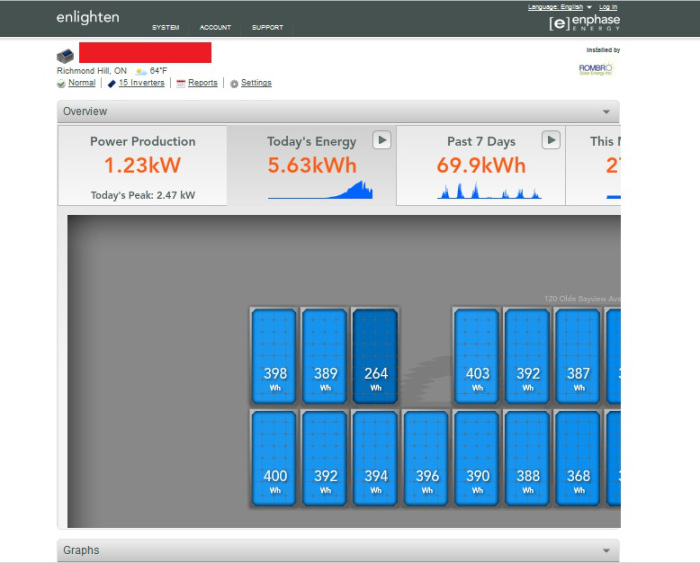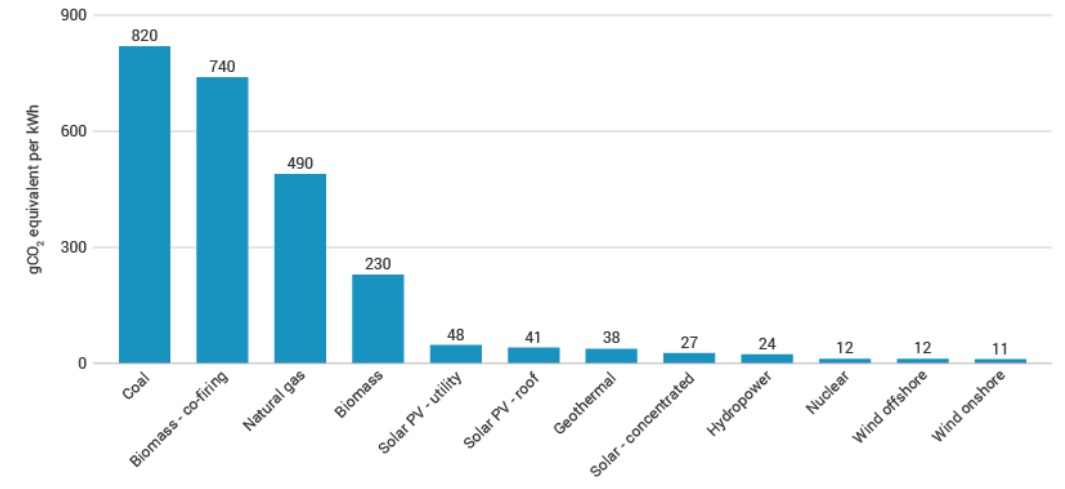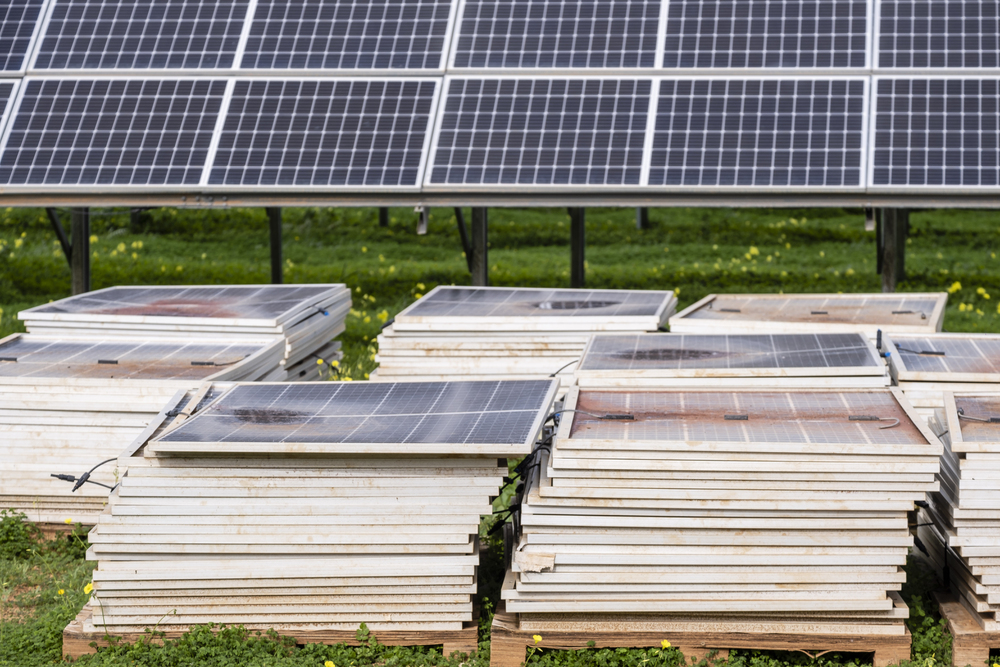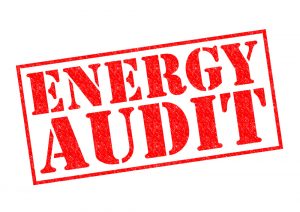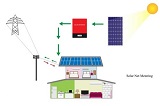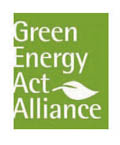What are the benefits of solar panels for the environment?
Solar panels are a great way to generate clean, sustainable energy for your home or business. Here are some of the ways they benefit the environment:
- Reduced reliance on fossil fuels
Solar panels generate electrical energy from the sun, which means less reliance on power plants that burn fossil fuels like coal and natural gas. This energy production approach helps reduce air pollution and greenhouse gas emissions that can add to global warming.
Even if the solar power system available to you is one without batteries, meaning you may draw power from the grid to power your home or office at night, the amount of energy that is still saved by only using power from the grid during darker hours massively reduces the fuel burned during the day.
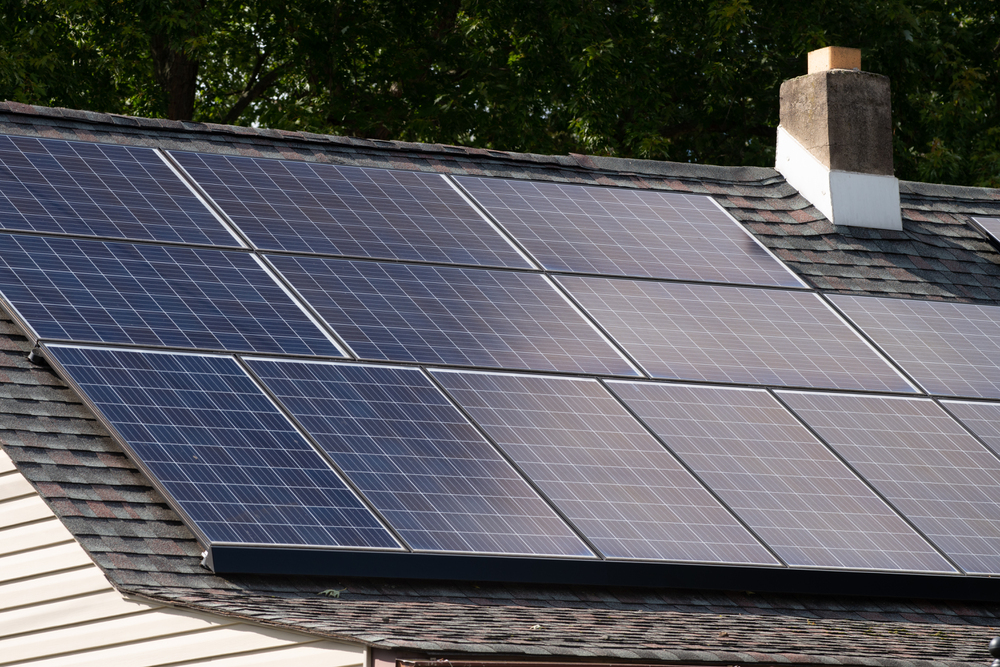
- Zero emissions
Switching to renewable solutions like solar helps reduce the emission of harmful air pollutants into the environment, including particulate matter, sulfur oxides, nitrous oxide, mercury, and carbon dioxide. These chemicals can harm local ecosystems, hasten global warming, and pose a risk to life.
Solar panels do require energy to manufacture, but they do not emit pollutants or greenhouse gases once operational.
- Renewable energy source
Energy from the sun is constantly replenished, making solar a truly renewable, eco-friendly energy source that is inexhaustible, at least not for another few billion years. This contrasts fossil fuels, which are a finite resource and damage the planet as we extract and distribute them. By turning to solar power, we’ll be one less household relying on fossil fuels.
- Low maintenance
Unlike the more traditional energy generators, solar systems require very little maintenance. Once installed, they only need a periodic system check with the help of an online monitoring system to stay in good working condition.
Because they require little maintenance over their lifetime, they can be a practicable alternative to fossil fuels, which require oil and coal to generate power.
What are the drawbacks of solar panels for the environment?
While solar panels offer many environmental benefits, it is not without some downsides. Let’s take a quick look at some of their environmental drawbacks:
- Manufacturing impact
One of the significant environmental issues with solar panels is their production process. To make solar panels, the raw material must be mined or obtained from recycled sources.
Processing these mined materials, predominantly quartz and other materials like aluminum, silver, or copper, requires large amounts of energy and water, making them resource-intensive compared to other energy sources.
Like other energy sources, solar panels emit carbon dioxide; however, carbon emissions only occur in the panel manufacturing process and when the panel is transported from the factory to consumers. Other than this, solar panels do not produce any carbon dioxide emissions.
In fact, most of the lifecycle emissions of solar panels are tied to the initial process before installation. According to the International Panel on Climate Change (IPCC), the median emissions associated with rooftop solar add up to 41 grams of CO2 equivalents.
(source: World Nuclear Association)
The bottom line is that while the energy used to produce and transport solar panels from the factory to consumers contributes to CO2 emissions, the carbon cost is generally lower than the average emission from coal-powered energy sources and burning oil.
- Solar panel disposal
Another potential environmental concern is solar panel waste. Solar cells can last anywhere from 15 – 30 years, and most end up in landfills because it is significantly cheaper to dump than recycle.
This establishes a cycle of production and disposal that, if not handled effectively, might result in massive volumes of garbage.
- Water usage
Solar panel manufacturers consume a lot of water. They use it for various purposes, including cleaning cooling turbine generators, chemical processing, and air pollution control.
Using large amounts of groundwater or surface water to clean collectors in some arid areas may impact the ecosystems that rely on these water resources.
Utility-scale projects ranging from 230 to 550 megawatts can require up to 1.5 billion liters of water for dust control during construction and an additional 26 million liters annually for panel washing during operation.
Although the amount of water used to produce, install, and operate photovoltaic panels is a lot, it is much lower than that needed to cool thermoelectric fossil- and fissile-power plants.
Furthermore, the search for new ways to reduce the amount of water consumed for solar panel production is ongoing.
- Land use
Furthermore, there is the issue of land use. Solar farms take up plenty of space, potentially disrupting habitats. However, integrating solar panels into existing structures like rooftops or placing them at lower-quality locations such as brownfields, abandoned mining land, or existing transportation and transmission corridors can minimize this impact.
You may also like: Which Solar Panels Are the Best?


